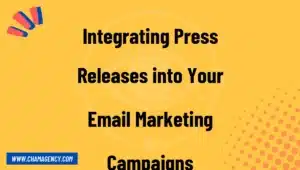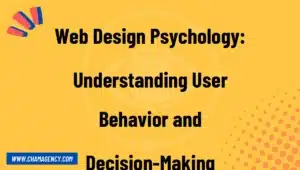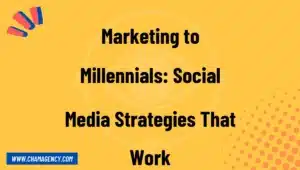In today’s digital age, web design plays a crucial role in attracting and retaining users. Effective web design goes beyond aesthetics and functionality; it also involves understanding user behavior and decision-making. By tapping into the principles of psychology, web designers can create interfaces that engage users, drive conversions, and deliver an exceptional user experience.
The Power of First Impressions
The moment a user lands on a website, they form an impression within seconds. This initial impression sets the tone for their entire browsing experience. Web designers can leverage the psychology of first impressions by prioritizing a clean and visually appealing design. The use of captivating images, colors, and typography can influence user emotions, making them more likely to stay on the website and explore further.
Furthermore, the arrangement of key elements and intuitive navigation can enhance user engagement. By creating an effortless browsing experience, web designers reduce the cognitive load on users and facilitate their decision-making process.
The Role of Visual Hierarchy
Visual hierarchy refers to the arrangement and prioritization of elements on a web page. It helps users navigate the website by drawing attention to essential information and guiding their decision-making. Designers can use size, color, contrast, and placement to create a clear and effective visual hierarchy that aligns with user expectations.
Placing important information and call-to-action buttons prominently ensures user attention and encourages desired actions. By understanding the psychological principles behind eye movement patterns, web designers can strategically design a website that captures and retains user attention, ultimately leading to increased conversions and customer satisfaction.
Optimizing User Experience with Cognitive Biases
Cognitive biases are inherent shortcuts in human thinking that affect decision-making. By understanding and leveraging these biases, web designers can optimize the user experience and influence user behavior. One such bias is the “scarcity” principle, where limited availability or time-sensitive offers can create a sense of urgency, leading users to make quicker decisions.
Another powerful bias is the “social proof” principle. Incorporating social proof elements such as customer reviews, testimonials, or social media shares can influence users to trust the website and its offerings. By showcasing positive experiences and validation from others, web designers can instill confidence and prompt users to take desired actions.
The Importance of Persuasive Copywriting
Compelling and persuasive copywriting can significantly impact user behavior and decision-making. By using an informal tone, engaging language, and storytelling techniques, web designers can create an emotional connection with users. This connection enhances user trust and increases the chances of conversions.
Additionally, well-crafted copywriting that addresses user pain points and showcases the benefits of a product or service can influence decision-making positively. By incorporating rhetorical questions, analogies, and metaphors, web designers can further captivate users and persuade them to take the desired actions.
Conclusion
Understanding user behavior and decision-making is essential for effective web design. By considering principles from psychology, web designers can create websites that engage users, facilitate decision-making, and drive conversions. From the power of first impressions to utilizing cognitive biases and persuasive copywriting, every aspect of web design should aim to enhance the user experience and deliver meaningful results.









